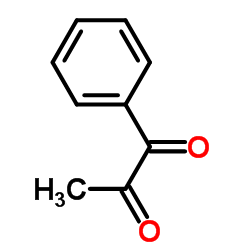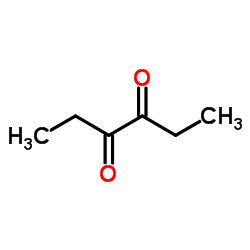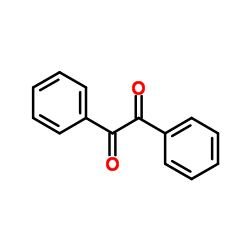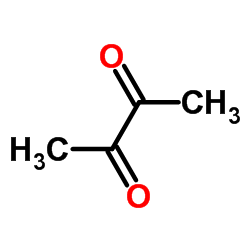| Structure | Name/CAS No. | Articles |
|---|---|---|
 |
1-Phenylpropane-1,2-dione
CAS:579-07-7 |
|
 |
3,4-Hexanedione
CAS:4437-51-8 |
|
 |
Benzil
CAS:134-81-6 |
|
 |
butane-2,3-dione
CAS:431-03-8 |